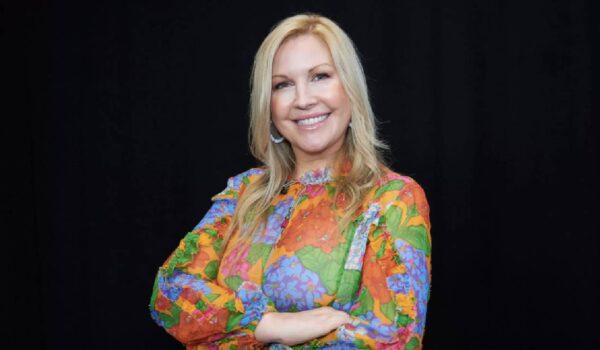You might be wondering why a candidate’s most recently read book for fun, favorite hobby on the weekend or latest trip they have taken would be an area I would probe about during the job interviews I conduct, as a CIO.
It might seem strange, but an interviewee’s technical chops, as important as they are, are not all that matter to me. I also need to get a sense of their creative drive and curiosity because I believe these are key attributes of a successful tech leader. And I’m not alone.
In the past, you would rarely hear “IT” and “creativity” in the same sentence. Technical staffers were long pigeonholed as left-brain dominant thinkers whose sole role was to make sure the computing systems and infrastructure ran smoothly.
But more and more, IT leaders are recognising that the creatively oriented right-brain has become critical too. As companies digitally transform, they are looking to technology to solve business challenges. That mission demands IT teams with an unprecedented mix of technical and creative abilities to help serve customers better and get new products out the door, while still fostering internal efficiency.
According to Gartner, the way engaging digital experiences are crafted is becoming increasingly formalised, which means that delivering a digital experience that ensures a measurable outcome will require creative excellence. Furthermore, back in 2010, an IBM survey of more than 1,500 CEOs found creativity to be the “most crucial factor for future success.” By the end of the decade, LinkedIn was calling it “the most important skill in the world.”
Creativity can be a nebulous concept, so how do you know if your IT organisation has it or not? Here are four signs.
People view their jobs as both scientists and artists

When the business comes to IT with a problem, people feel challenged and excited to find innovative courses of action. Regardless of their specific technical skill sets, everyone understands that composing solutions to problems is an inherently creative process.
“Composing” is the key word. With so many diverse technologies and approaches available for tackling any single project, the best IT pros approach the job like a painter choosing materials and colors. They know their work has a qualitative element; it is not just about hammering digital nails. They tap into their creative brain to see what will fit together best in the big picture. And they let nothing stand in the way of making it happen.
Curiosity drives them
An inherently creative IT organisation is filled with naturally curious people. They exhibit that quality throughout their lives, not just their technology role, and that spills over into a creative mindset eager to push the boundaries of innovation.
What are their passions outside of work? The arts? Astronomy? Carpentry? A strong interest in anything that is, well, interesting is a sign that you are talking to a person who possesses wonder and curiosity.
Without curiosity, there is no creativity. This explains why I ask job candidates about their outside interests.
Empathy is at the centre of it all
Scientific research has shown a positive link between creativity and empathy. To creatively solve a problem, after all, you first need the emotional intelligence to find the problem. This requires an “experience-first” mentality.
This sort of empathy has become all the more essential at a time when enterprise technology consumerisation – the reorientation of products and services to focus on qualities like simplicity and personalisation in the individual user’s experience – has become a hot trend. Thus, it has never been more important for IT specialists to put themselves in the user’s shoes and consider how they can make the user’s life easier.
In a piece in the Harvard Business Review, which delves into the importance of empathy in business, Jamil Zaki, a professor of psychology at Stanford University, cites Tim Cook’s 2017 MIT commencement address, where he warned graduates, “people will try to convince you that you should keep empathy out of your career. Don’t accept this false premise.”
A truly empathetic team is exemplified when every member is “all in” on delivering the kind of experience they themselves would want with technology – and they settle for nothing less.
Creativity is embraced as a survival skill
Artificial intelligence (AI) and other forms of automation are radically altering the IT landscape. Rote, manual tasks, such as configuring devices and diagnosing and resolving common, repetitive incidents, are being taken over by machines. In the future, they will increasingly replace humans in writing some software code. That is already starting to happen.

This is setting up an inescapable reality: IT jobs in the future will increasingly go to people who are the best and brightest at attacking business problems. That means creativity is not merely a nice to have, it’s a must – and people really have to work at it. That urgency can be a good thing, motivation to drive IT teams to new heights of imaginativeness.
It is possible to know people are valuing creativity and working at it when they embrace training and seek out professional opportunities and experiences in emerging areas like AI. They run toward the new, not away from it.
As these four points show, it is vital for CIOs and other IT leaders to cultivate a creative culture by hiring the right people – diverse thinkers who take inspiration from the wider world and whose technical aptitude is matched by an inquisitive spirit. I know that is what I’m looking for and so are many others.
Sharon Mandell is Senior Vice President and Chief Information Officer at Juniper Networks






